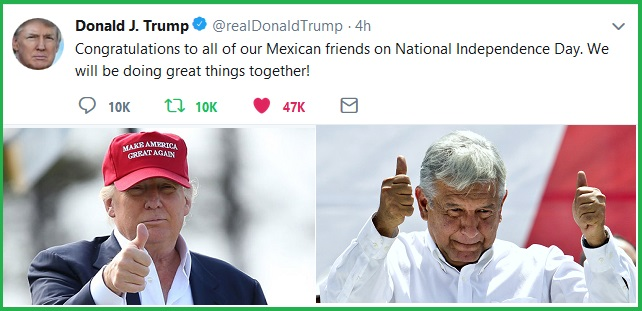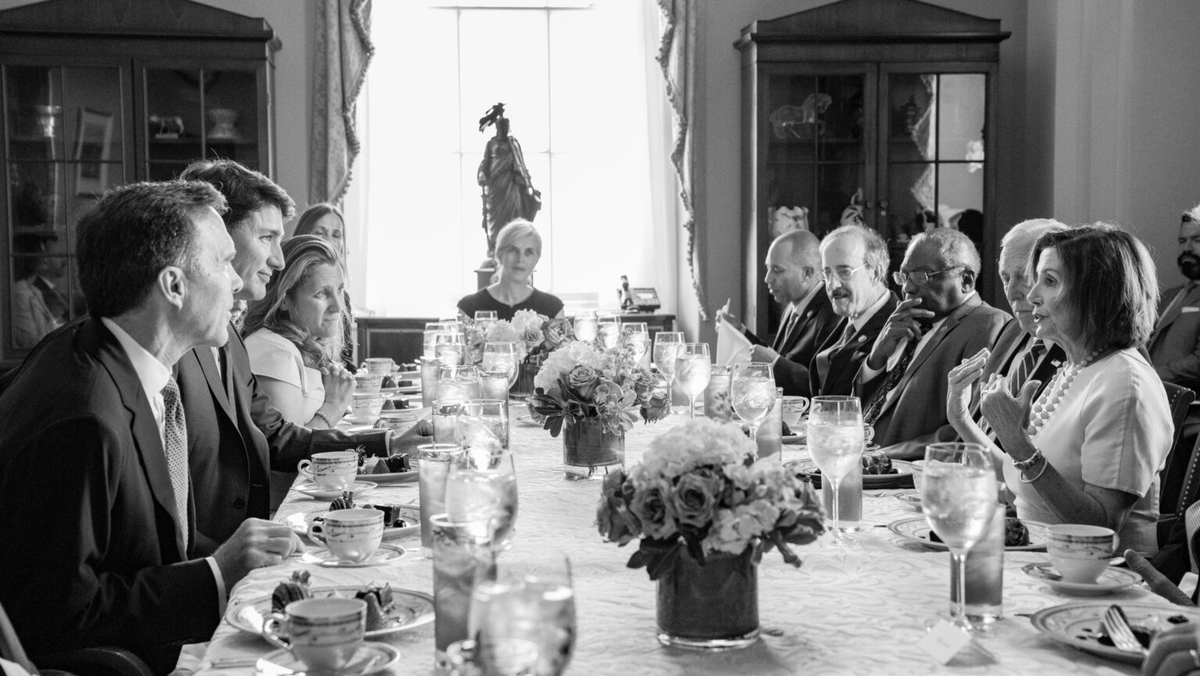Whoooo Whoooo Archey Delcarations coming out!!
https://twitter.com/ZoeTillman/status/1161033556522672129
Reading now..... Oh, this is exciting !!!!
Oh man, Judge Boasberg ripped the DOJ and FBI's linguistic butts on that ruling. Excellent !!
Ruling scribd.com/document/42164…
Backstory to understand: theconservativetreehouse.com/2019/08/02/doj…
• • •
Missing some Tweet in this thread? You can try to
force a refresh











